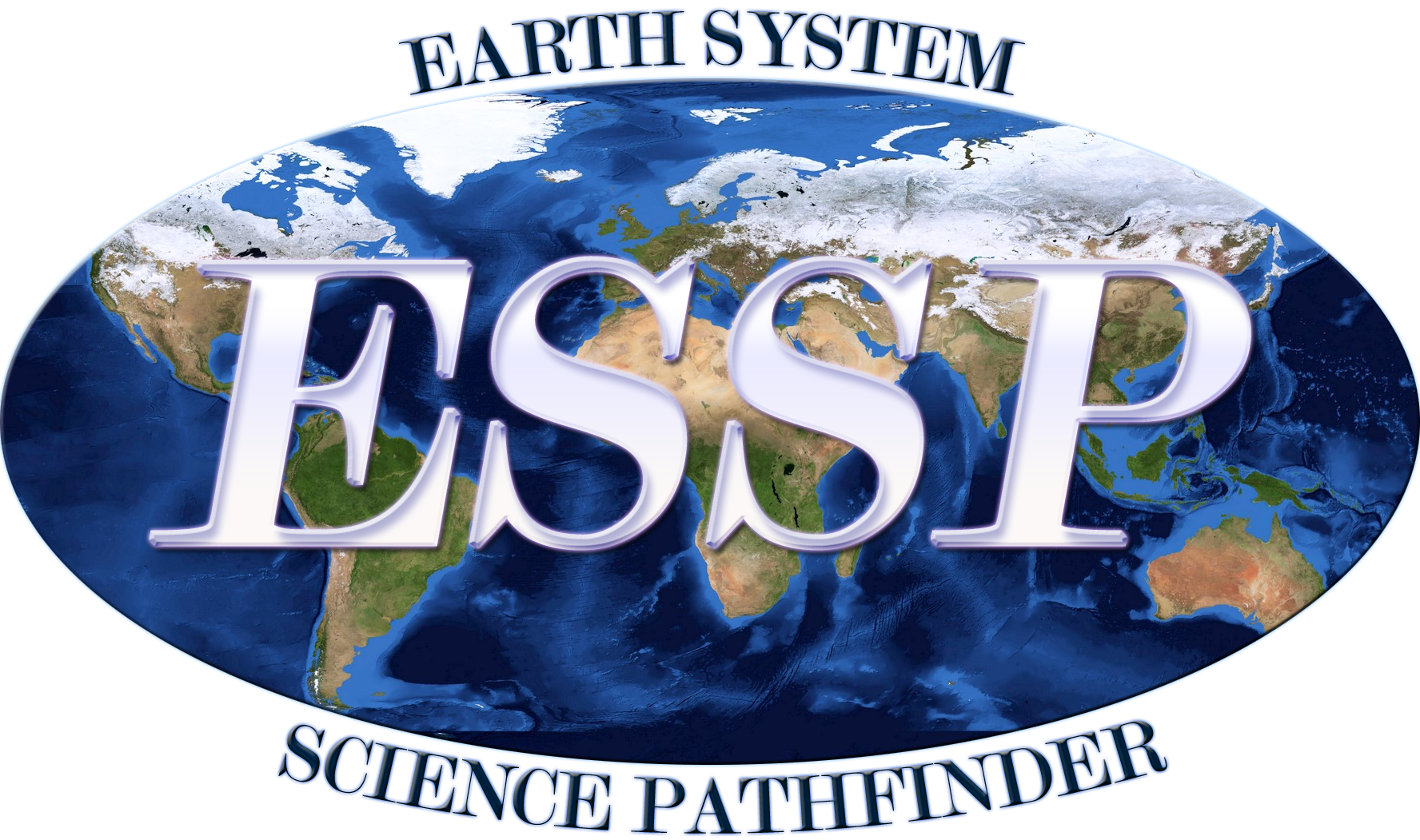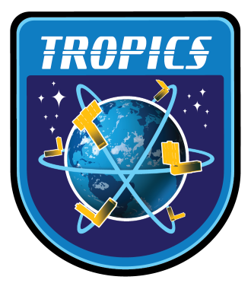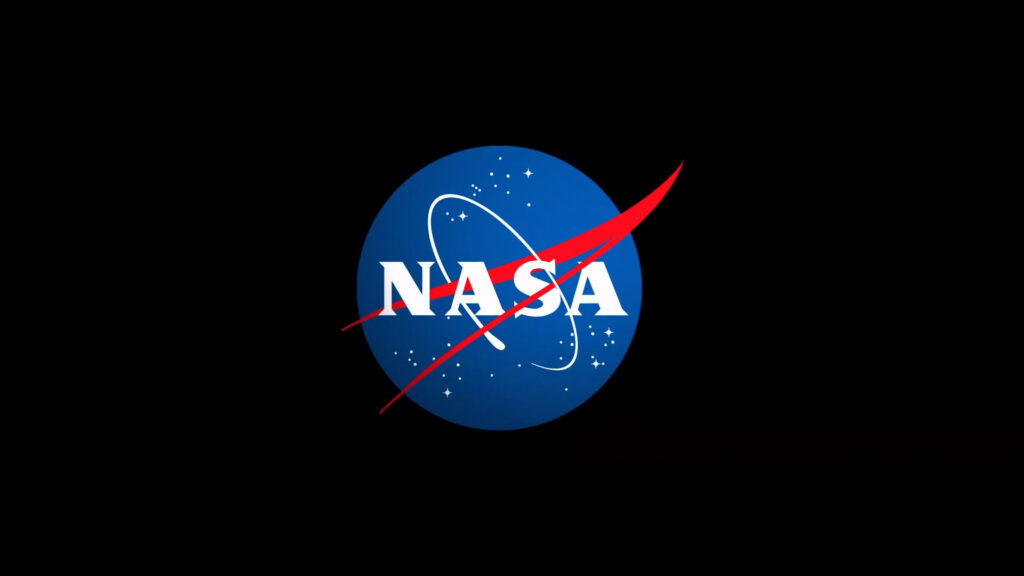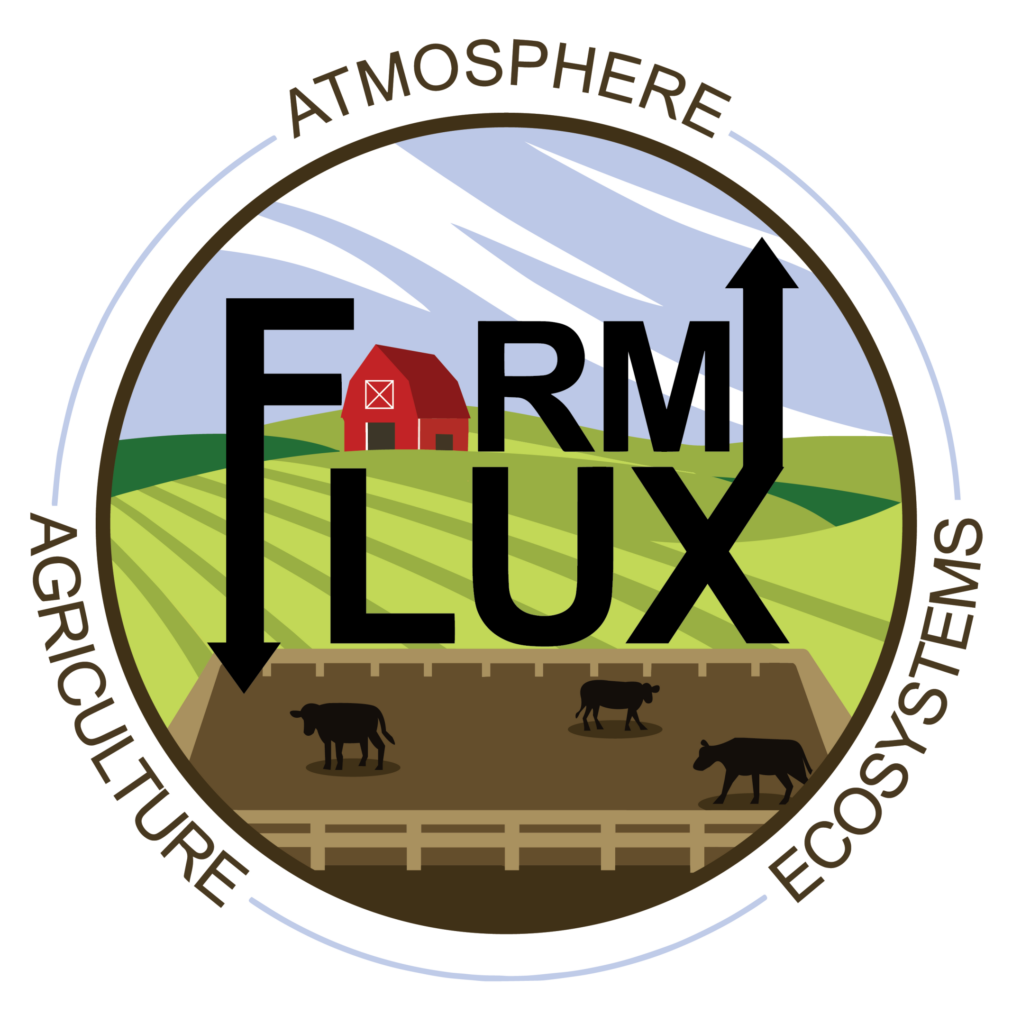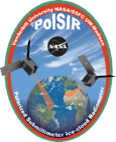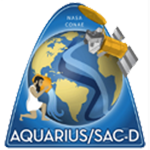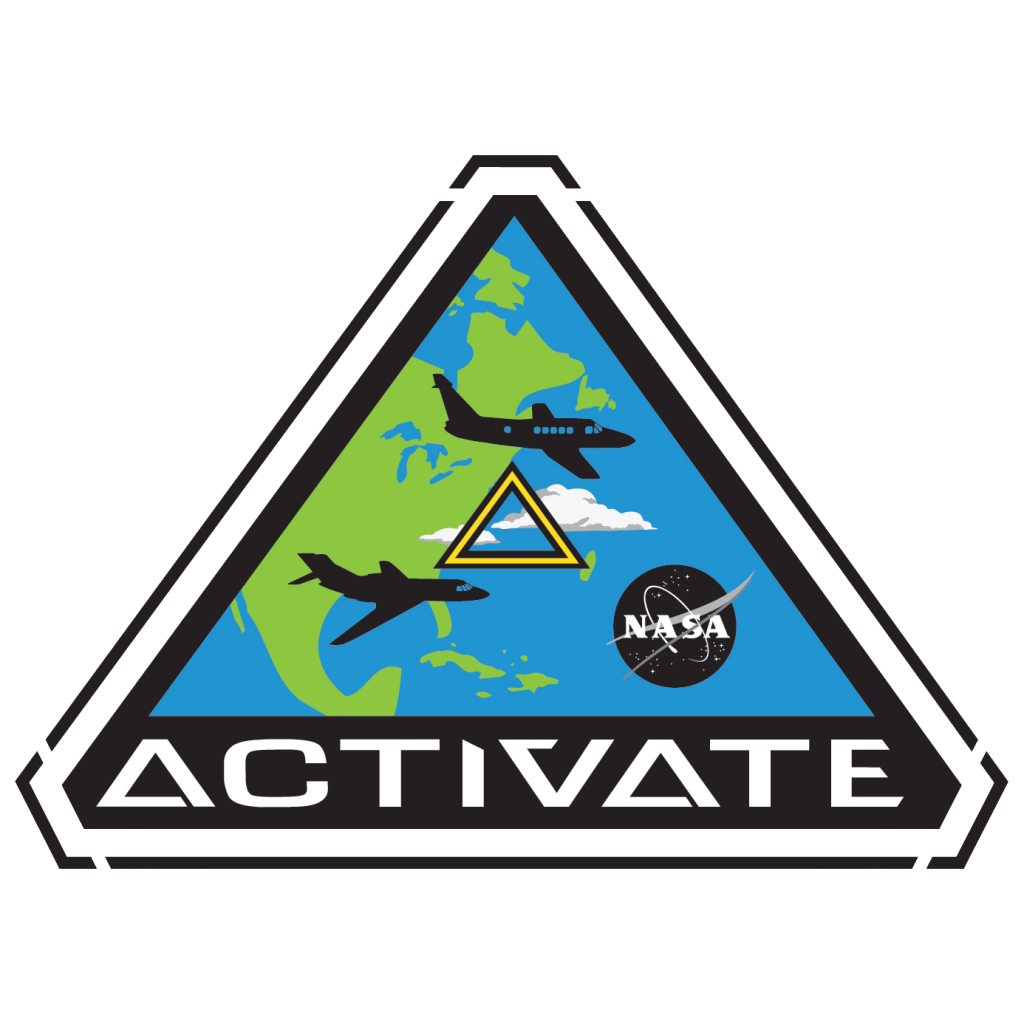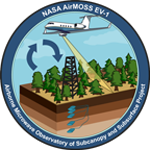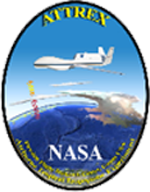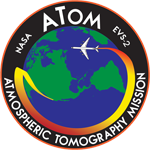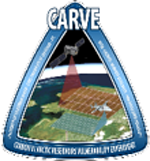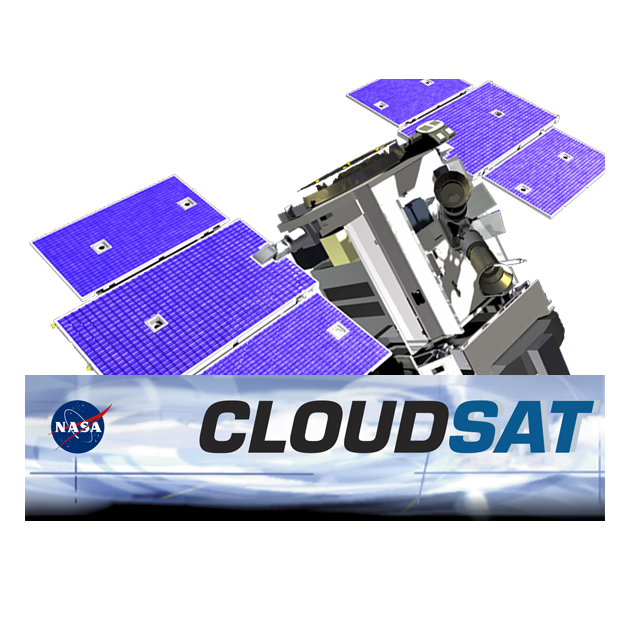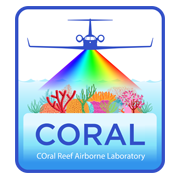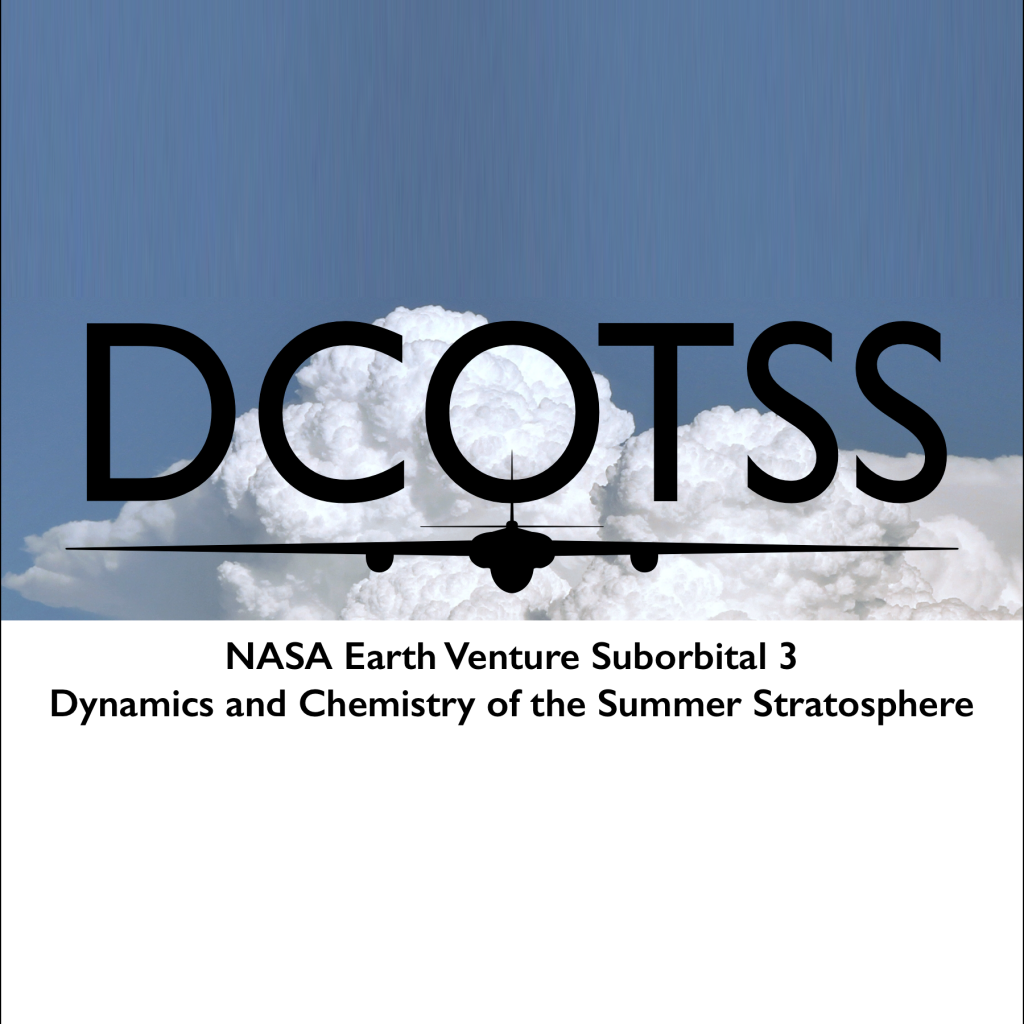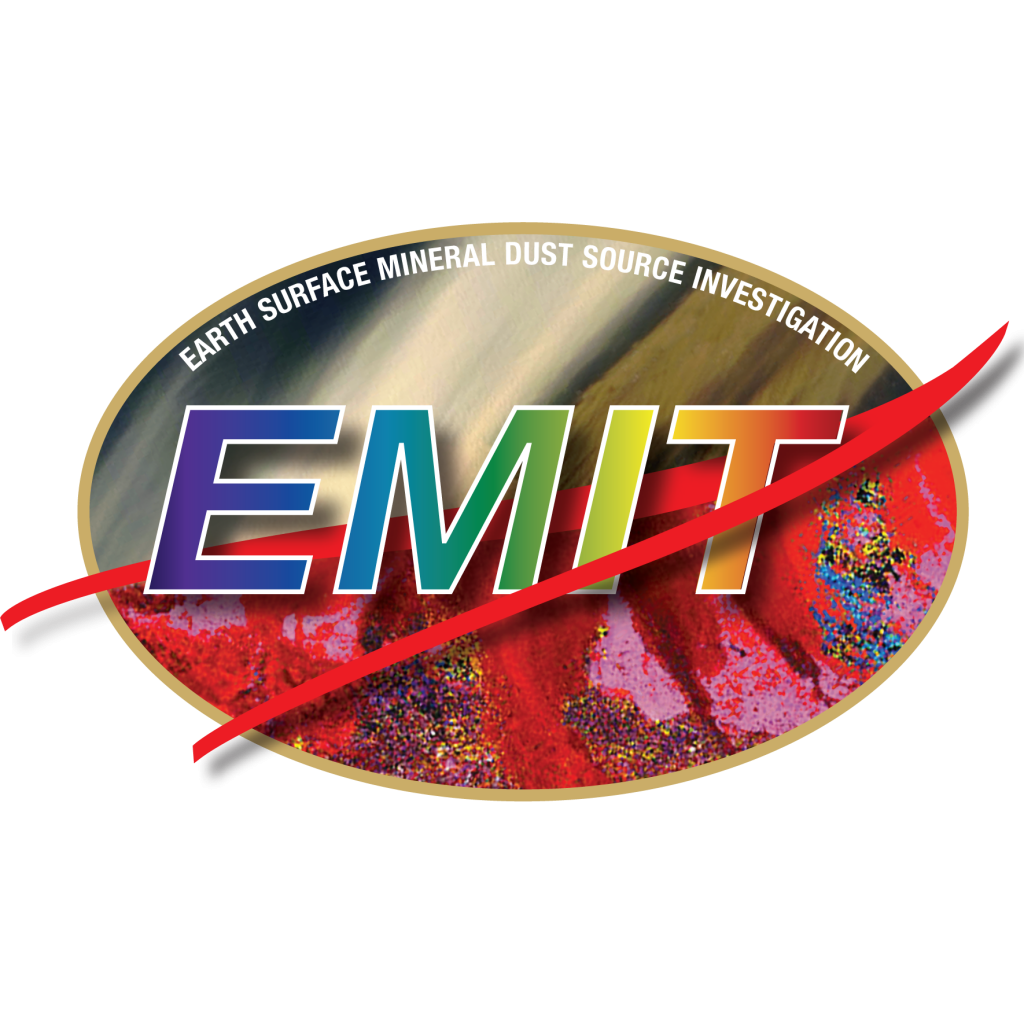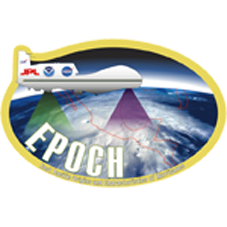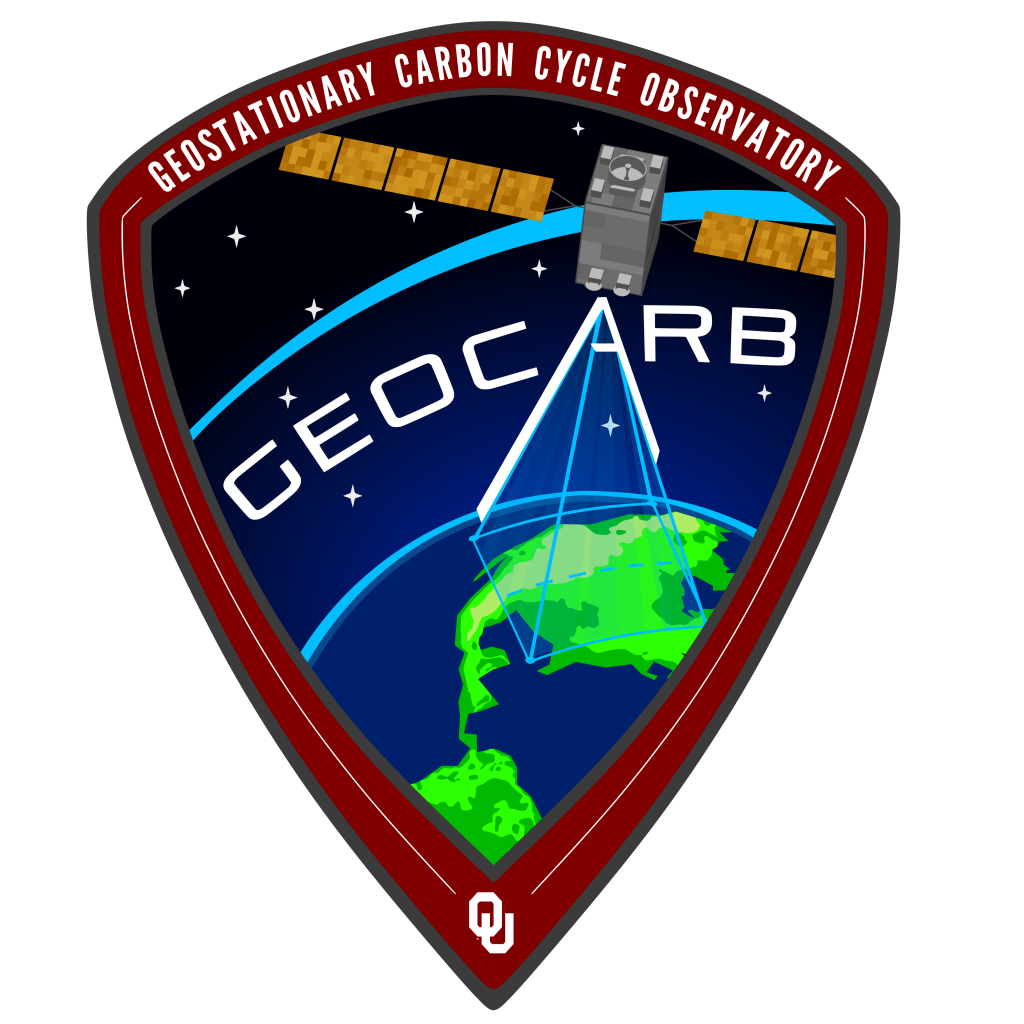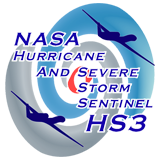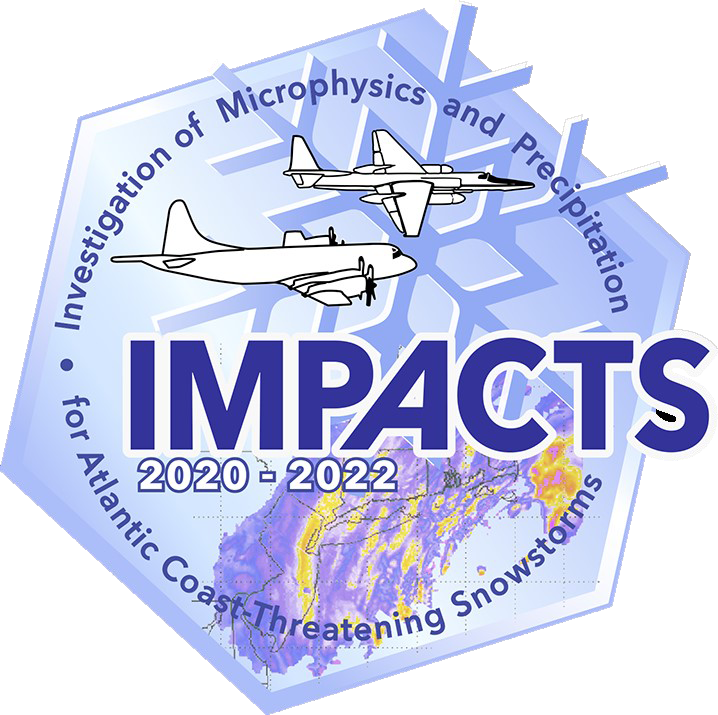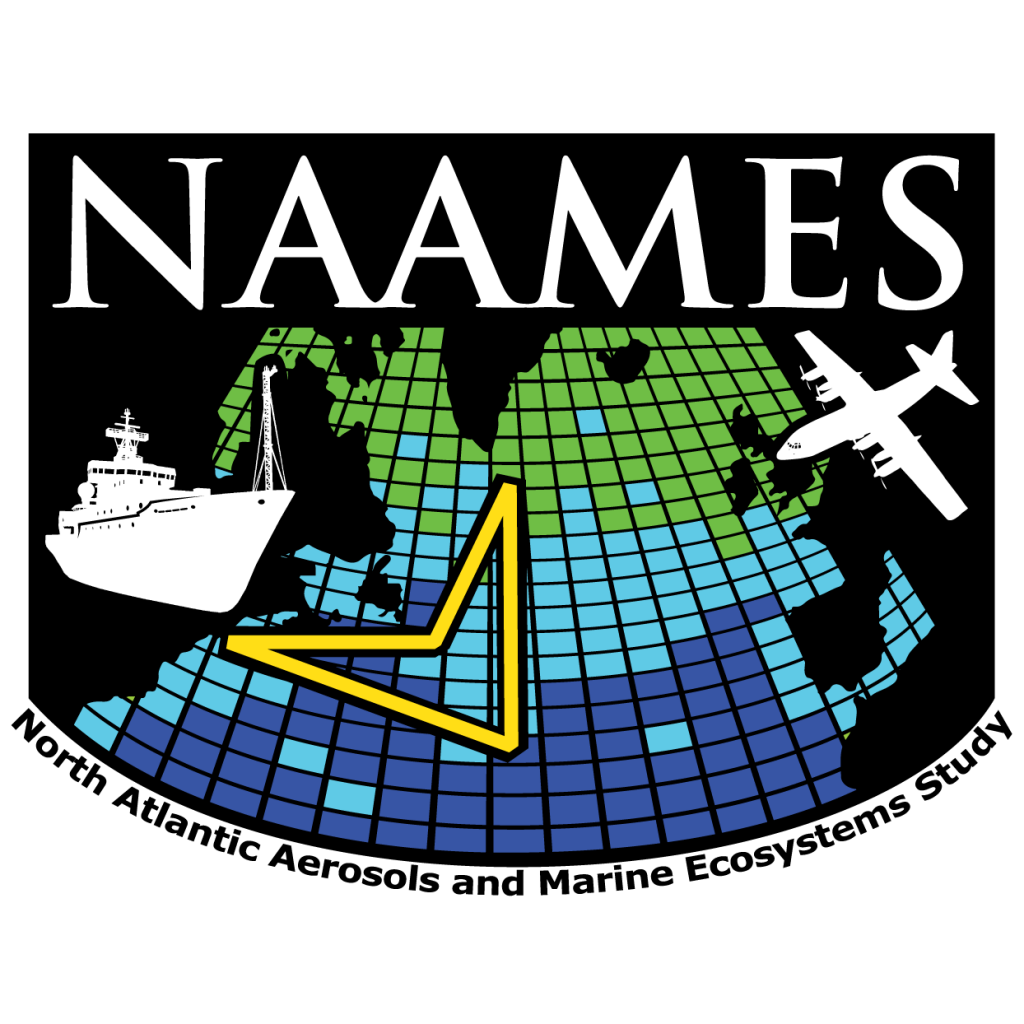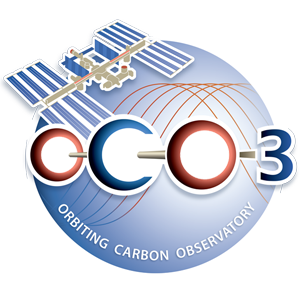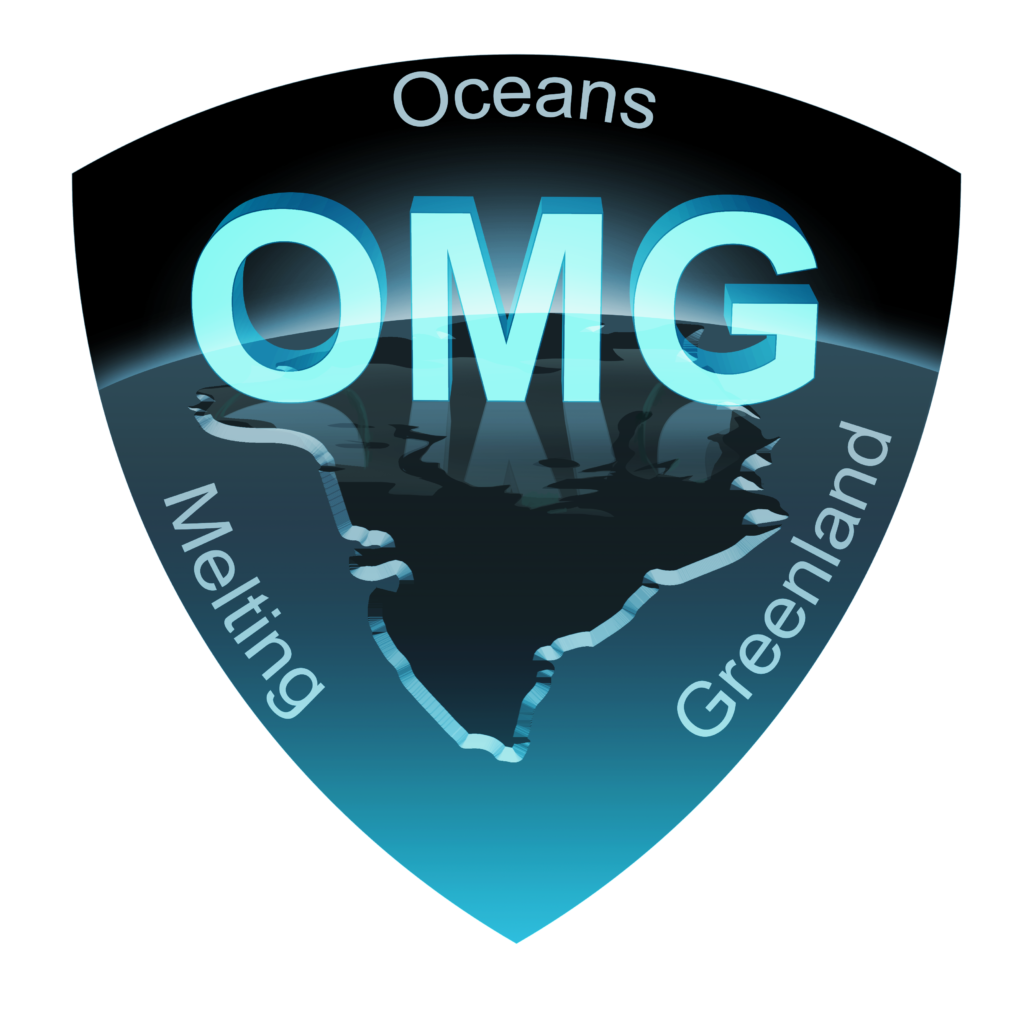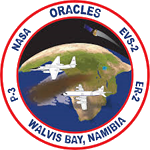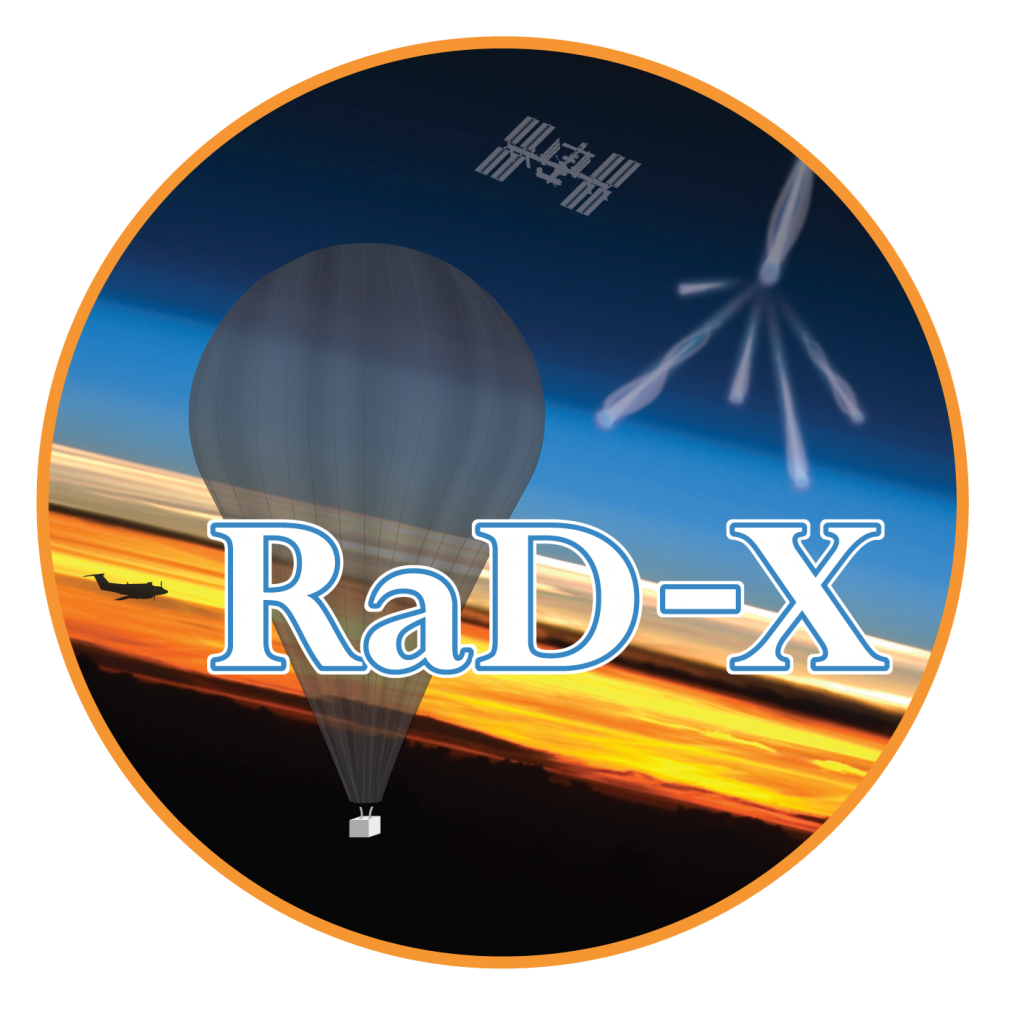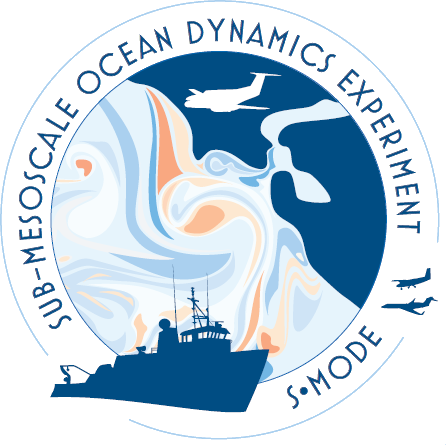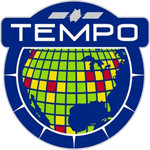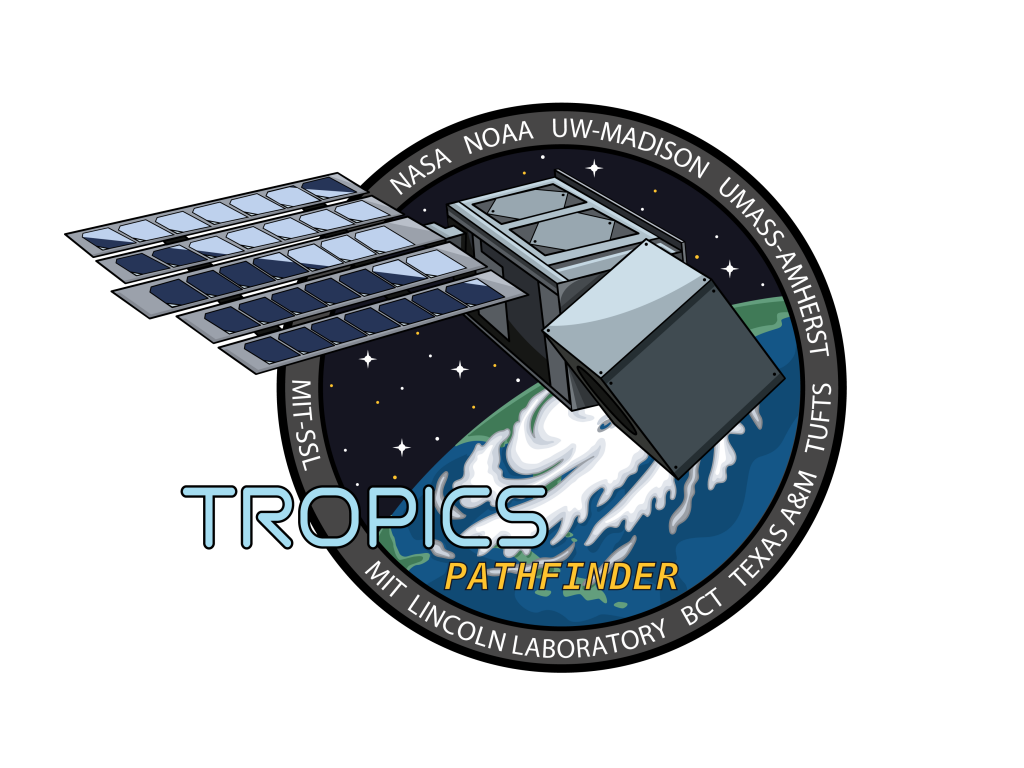All Missions (A-Z)
TROPICS
The Time Resolved Observations of Precipitation structure and storm Intensity with a Constellation of Smallsats (TROPICS) Imagine if you could go inside a powerful cyclone? NASA’s TROPICS […]
LACCE
LACCE: Landslide Change Characterization Experiment Science: LACCE will use high-resolution, targeted, airborne synthetic aperture radar (SAR) data, field instruments, and models to quantify the number, size, motion, […]
HAMAQ
HAMAQ: Hemispheric Airborne Measurements of Air Quality Science: Hemispheric Airborne Measurements of Air Quality (HAMAQ) is funded under NASA’s Earth Venture Suborbital (EVS-4) program. Current plans include […]
FarmFlux
FarmFlux FarmFlux: While the burning of fossil fuels remains the leading source of carbon in our atmosphere, farmlands and ranchlands are also substantial sources of gas and […]
INSPYRE
EVS-4 INSPYRE: INjected Smoke and PYRocumulonimbus Experiment Science: The INjected Smoke and PYRocumulonimbus Experiment (INSPYRE) Science Team will constrain the role of pyrocumulonimbus (pyroCb) in the warming […]
Snow4Flow
Snow4Flow Science: Snow4Flow: Quantifying the ongoing retreat of glaciers and ice sheets – and projecting their futures – are major societal concerns due to their contribution to […]
FORTE
FORTE: Arctic Coastlines – Frontlines of Rapidly Transforming Ecosystems Science: Investigate how nearshore Arctic ecosystems–from lower watersheds to coastlines and adjacent seas – respond to changes in […]
PolSIR
The PolSIR instrument – short for Polarized Submillimeter Ice-cloud Radiometer – will help humanity better understand Earth’s dynamic atmosphere and its impact on climate by studying ice […]
INCUS
The Investigation of Convective Updrafts (INCUS) mission will be a collection of three SmallSats, carrying RainCube-like radars with crosstrack scanning and a Tempest-D-like radiometer, flying in tight […]
Aquarius
Aquarius/SAC-D mapped the salinity (the concentration of dissolved salt) at the ocean surface, information critical to improving our understanding of two major components of Earth’s climate system […]
ACT America
ACT-America measurements fill a critical gap in our understanding of the sources, sinks and transport of climate-altering greenhouse gasses. We now see how weather stirs the atmosphere […]
ACTIVATE
NASA’s ACTIVATE mission is on the hunt for clouds off the coast over the western Atlantic Ocean! It is looking for answers to help us understand how […]
AirMOSS
The Hurricane and Severe Storm Sentinel (HS3) is a five-year mission specifically targeted to investigate the processes that underlie hurricane formation and intensity change in the Atlantic […]
ATTREX
Despite its low concentration, stratospheric water vapor has large impacts on the earth’s energy budget and climate. Recent studies suggest that even small changes in stratospheric humidity […]
Atmospheric Tomography Mission (ATOM)
Atom studies the impact of human-produced air pollution on greenhouse gasses and the atmosphere. Pollution changes the air we are breathing right now. This is powerful information […]
CARVE
The carbon budget of Arctic ecosystems is not known with confidence since fundamental elements of the complex Arctic biological-climatologic-hydrologic system are poorly quantified. CARVE collected detailed measurements […]
CloudSat
NASA launched the CloudSat and the Cloud-Aerosol Lidar and Infrared Pathfinder Satellite Observation (CALIPSO) spacecraft to study the role that clouds and aerosols play in regulating Earth’s […]
CORAL
The three-year COral Reef Airborne Laboratory (CORAL) mission will survey a portion of the world’s coral reefs to assess the condition of these threatened ecosystems and understand […]
CYGNSS
The Cyclone Global Navigation Satellite System (CYGNSS) will probe the inner core of hurricanes to learn about their rapid intensification. Related
DCOTSS
During the summer, strong convective storms over North America overshoot the tropopause into the lower stratosphere. These storms carry water and pollutants from the troposphere into the […]
Delta-X
Deltas everywhere provide many benefits to life on earth – like serving as a natural protection for our cities and towns against storm surges and tsunamis, or […]
DISCOVER-AQ
DISCOVER-AQ was a four-year campaign to improve the use of satellites to monitor air quality for public health and environmental benefit.
ECOSTRESS
ECOSTRESS data can indicate when plants are stressed and that a drought is likely to occur providing the option for decision makers to take action. […]
EMIT
The Earth Surface Mineral Dust Source Investigation (EMIT) is an Earth Ventures-Instrument (EVI-4) Mission to map the surface mineralogy of arid dust source regions via imaging spectroscopy […]
EPOCH
Over the past five years, tropical activity in the East Pacific has increased, while decreasing in the Atlantic Basin. In addition, during El Niño years, warmer than […]
GEDI
Data from NASA’s Global Ecosystem Dynamics Investigation (GEDI) mission are adding to our understanding of carbon cycling and the structure and development of global biomes. […]
GeoCarb
GeoCarb’s mission is to study Earth’s carbon cycle: The exchange of carbon among land, ocean, plants and animals, via processes like respiration and photosynthesis from the biosphere […]
GLIMR
NASA has selected a space-based instrument under its Earth Venture Instrument (EVI) portfolio that will make observations of coastal waters to help protect ecosystem sustainability, improve resource […]
GRACE
An award-winning mission that’s changed the way we study Earth’s gravitational forces and the Earth system, the Gravity Recovery and Climate Experiment, or GRACE, mission flew twin […]
HS-3
The Hurricane and Severe Storm Sentinel (HS3) is a five-year mission specifically targeted to investigate the processes that underlie hurricane formation and intensity change in the Atlantic […]
IMPACTS
New NASA research project employs an impressive array of technology to discern how and why intense bands of snow form in winter storms in order to supply […]
Libera
NASA has selected a new space-based instrument as an innovative and cost-effective approach to maintaining the 40-year data record of the balance between the solar radiation entering […]
MAIA
The Multi-Angle Imager for Aerosols (MAIA) represents the first time NASA has partnered with epidemiologists and health organizations to use space-based data to study human health and […]
Orbiting Carbon Observatory-3 (OCO-3)
The Orbiting Carbon Observatory 3, or OCO-3, is a future space instrument designed to investigate important questions about the distribution of carbon dioxide on Earth as it […]
Oceans Melting Greenland (OMG)
NASA’s Oceans Melting Greenland (OMG) mission is right here on Earth and it’s showing us the precise role oceans are playing in melting glaciers. Some glaciers in […]
PREFIRE
PREFIRE will document, for the first time, variability in spectral fluxes from 5-45 μm on hourly to seasonal timescales. Two 6U CubeSats in distinct 470–650 km altitude, […]
RaD-X
The NASA Radiation Dosimetry Experiment (RaD-X) high-altitude balloon mission was successfully launched from Fort Sumner, New Mexico on 25 September, 2015. Over 20 hours of science data […]
S-MODE
The Sub-Mesoscale Ocean Dynamics Experiment (S-MODE) is a NASA Earth Venture Suborbital-3 (EVS-3) mission. S-MODE will use measurements from a novel combination of platforms and instruments, along […]
TEMPO
The TEMPO (Tropospheric Emissions: Monitoring Pollution) mission aims to answer this question with more detail and precision than ever before, by creating a revolutionary new dataset of […]
TROPICS
Tropical cyclones have been a source of some of the most devastating natural disasters, claiming countless lives, accounting for more than half of U.S. billion-dollar natural disaster […]
